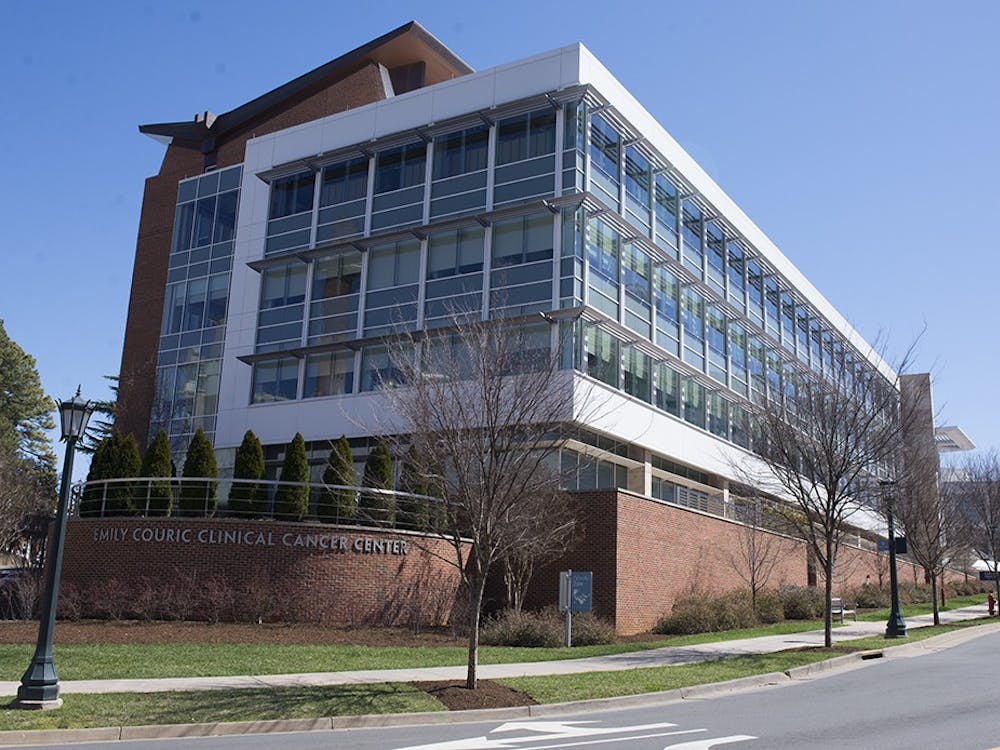We've all heard of overuse injuries that result from fun activities like sports or video games (ever heard of Nintendo thumb?), or not so fun activities such as typing that 30-page term paper, which can lead to carpal tunnel syndrome. But now, it seems there's a new kid in town, and his name is cell phone elbow.\nPerhaps you've felt that certain stiffness and discomfort in your elbow after a lengthy chat with your best friend, or even that uncomfortable tingling in your pinky finger as if you just hit your funny bone. The Cleveland Clinic Journal of Medicine describes this phenomenon as "cell phone elbow," or more technically, cubital tunnel syndrome.\nYes, you read that correctly: the cubital tunnel, not the carpal tunnel that we so often hear about. The cubital tunnel is a channel that allows the ulnar nerve to travel from its origin in the axilla (armpit) around the elbow to supply blood to the pinky and ring fingers. The ulnar nerve is actually what you've hit when you get that zing from hitting your "funny bone."\nCubital tunnel syndrome, or "cell phone elbow," results from bending the elbow at a less than a 90-degree angle for extended periods of time, which leads to decreased blood flow and compression of the nerve. Eventually, this can lead to prolonged numbness, tingling or aching of the forearm and hand from constant pressure on the nerve, and "misfiring." After prolonged periods, the condition can advance to include clumsiness from muscle weakness and difficulties with everyday tasks like typing and writing. In the worst cases, it can even lead to clawing of the ring and pinky fingers, preventing them from straightening.\nThe differences between cubital tunnel syndrome and carpal tunnel syndrome are many. Carpal tunnel often results from unknown causes, contrary to the popular belief that it's only the result of overuse. Also, carpal tunnel, as highlighted above, is compression of the median nerve at the wrist (unlike cell phone elbow, which is compression of the ulnar nerve at the elbow). The median nerve supplies the thumb, index and middle fingers. While the two conditions involve different nerves, the symptoms are similar.\nThe most effective treatment for cell phone elbow is obvious: stop using your cell phone. But in our connected world, in which most of us use cell phones as a primary means of long-distance vocal communication, that's nearly an impossible task for some folks. Some simple steps to take are to switch hands every few minutes to give your elbows a break, avoid other activities that require your elbow to be bent at less than a 90-degree angle for more than a few minutes and/or invest in one of those headsets or ear pieces. The ear pieces also have the added humorous benefit of freaking people out who think you might be talking to them ... and leave your hands free to develop some Nintendo thumb.\nKatie McBeth is a University Medical student. She can be reached at k.mcbeth@cavalierdaily.com.






